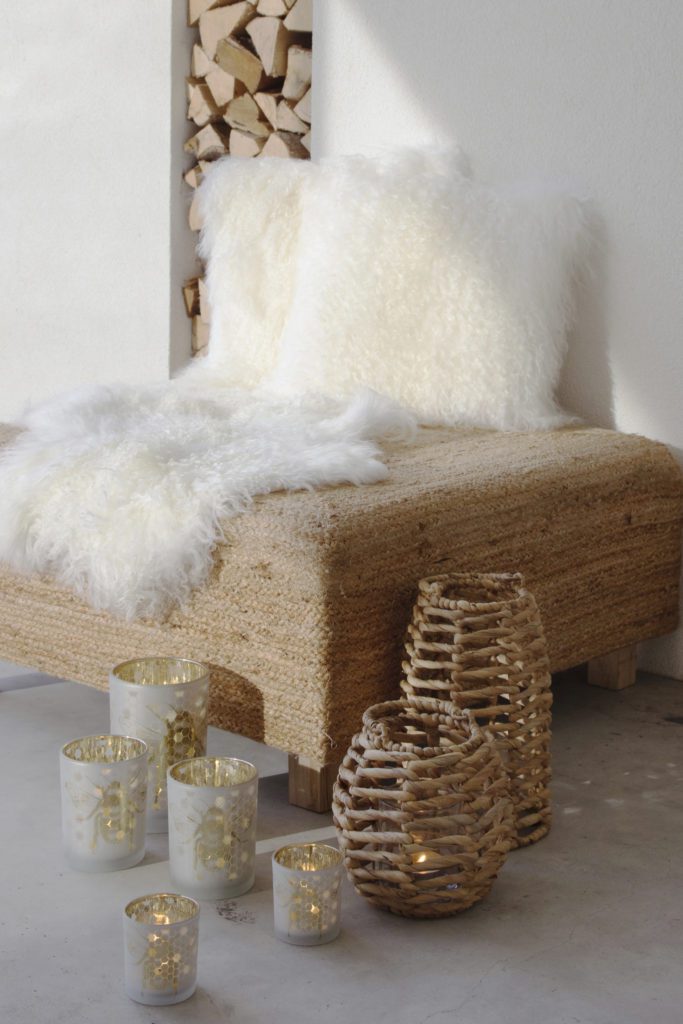
Sheepskins, everything you need to know
enero 20, 2023Sheepskins have been used for centuries for a variety of purposes, from clothing and footwear to rugs and furniture upholstery. These natural fibers are not only durable, but they are also warm, soft, and hypoallergenic, making them a popular choice for many different uses.
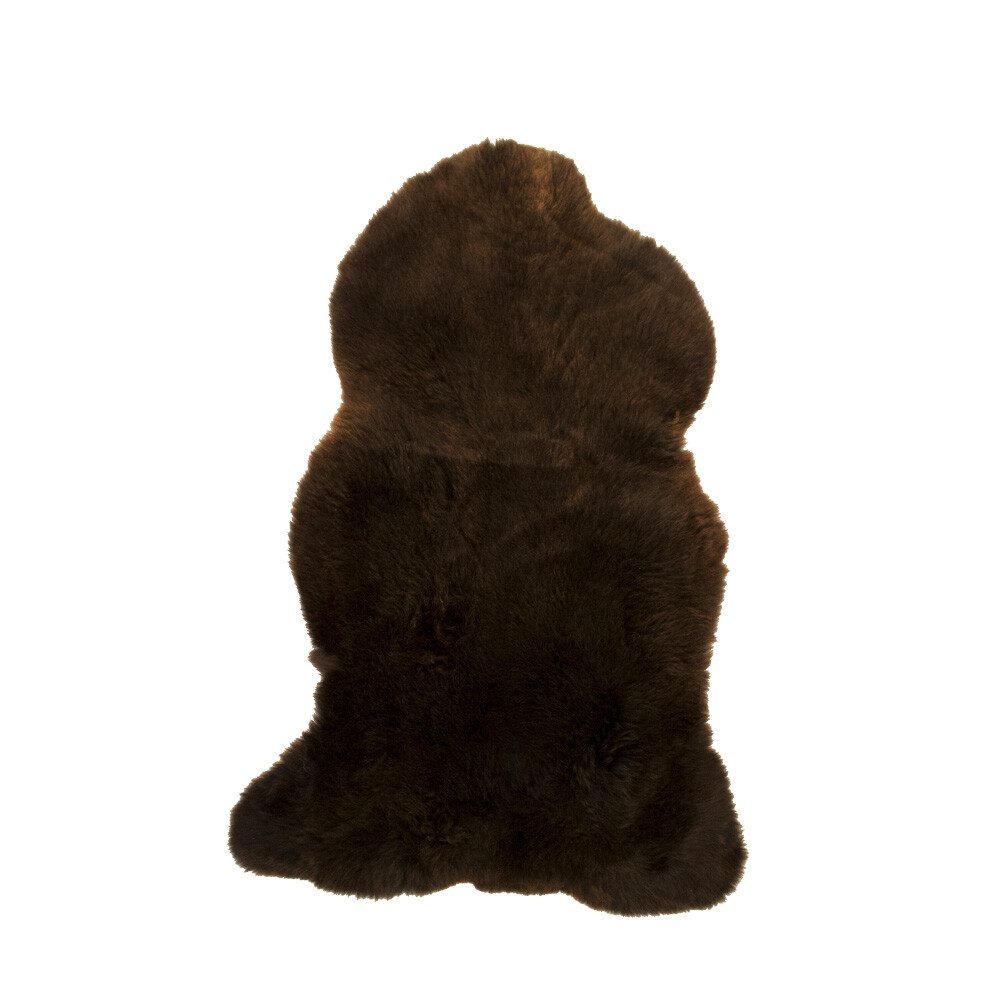
Common uses of sheepskin
One of the most common uses of sheepskins is in the production of footwear. Sheepskin boots, slippers, and shoes are popular for their warmth, comfort, and durability. The natural fibers of the sheepskin help to regulate temperature, keeping feet warm in the winter and cool in the summer. They also provide insulation against the cold, which makes them ideal for outdoor activities such as hunting, hiking, and skiing. The softness of the sheepskin also makes it a comfortable material for footwear, as it conforms to the shape of the foot and provides cushioning for the heel and ball of the foot.
Sheepskin used in clothing
Another popular use for sheepskins is in the production of clothing. Sheepskin coats and jackets have been a popular choice for centuries, as they provide warmth and comfort in cold weather. The natural fibers of the sheepskin also provide insulation against the wind, which makes them an ideal choice for outdoor activities such as hunting, hiking, and skiing. Sheepskin vests and scarves are also popular, as they provide warmth around the torso and neck without adding bulk to the clothing.
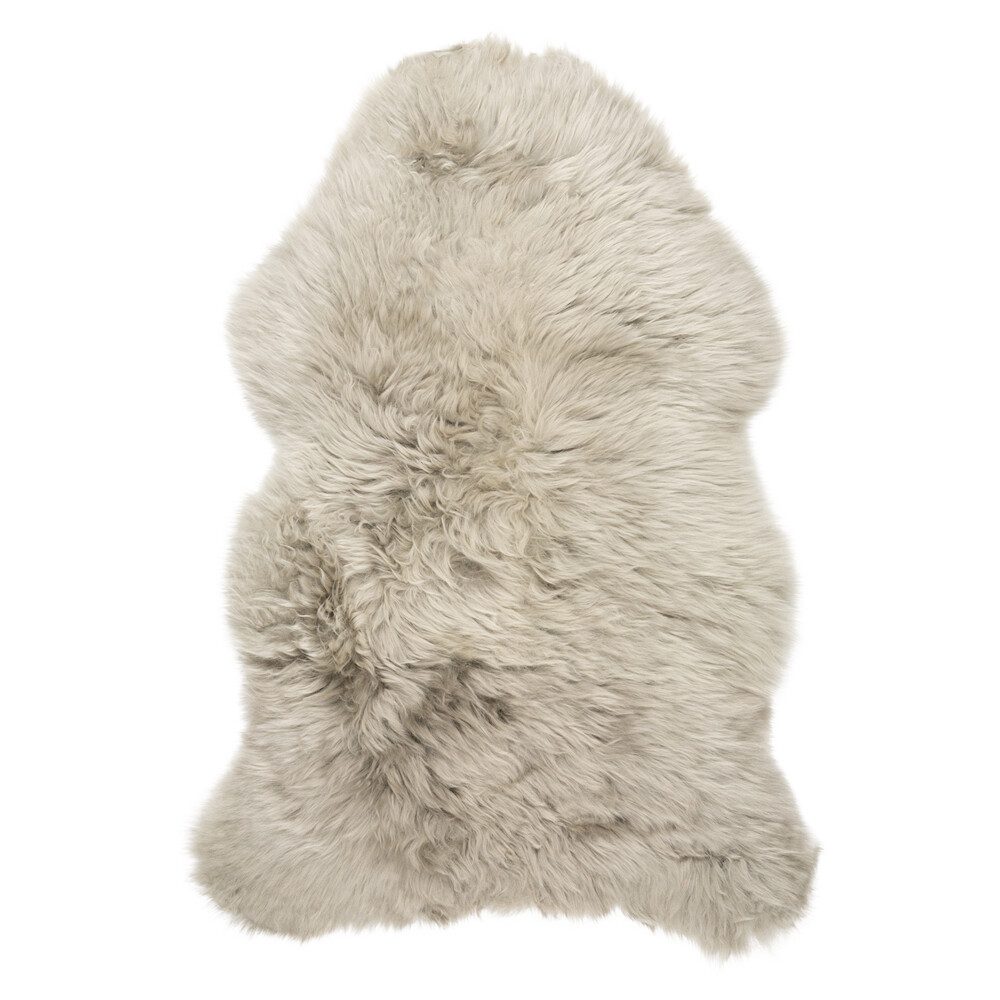
Sheepskins used for furniture upholstery
Sheepskins are also commonly used for furniture upholstery. The natural fibers of the sheepskin provide a soft and comfortable surface to sit on, and they also help to regulate temperature, keeping the furniture warm in the winter and cool in the summer. Sheepskin rugs are also a popular choice for flooring, as they provide a soft and comfortable surface to walk on and they also help to absorb sound, making them ideal for use in bedrooms and living rooms.
The natural fibers of sheepskin also have hypoallergenic properties which makes it a good choice for people with allergies or sensitive skin. Wool fibers of sheepskin are naturally crimped and are flexible which helps to prevent dust and dirt from settling on it. This makes sheepskin a good option for people with asthma or allergies, as it can help to reduce the amount of allergens in the home.
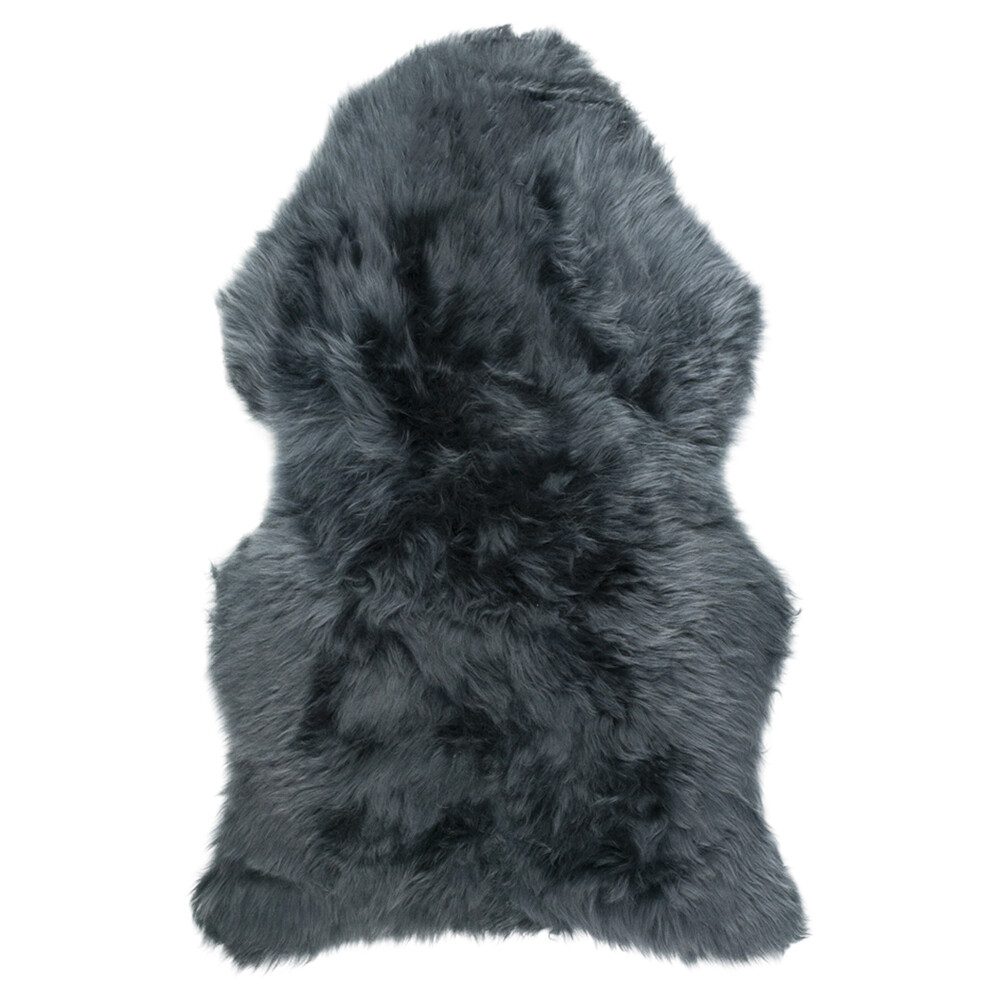
The process of preparing sheepskin
The process of preparing sheepskin for use is called tanning, which is a process that helps to preserve the natural fibers of the sheepskin and make them more durable. The process of tanning sheepskin involves washing the skin in a solution of water and soap, and then soaking it in a solution of salt and lime. After that the skin is stretched, cleaned and dried. Once it is dry, it is then oiled or waxed to protect the fibers and give it a soft and supple feel.
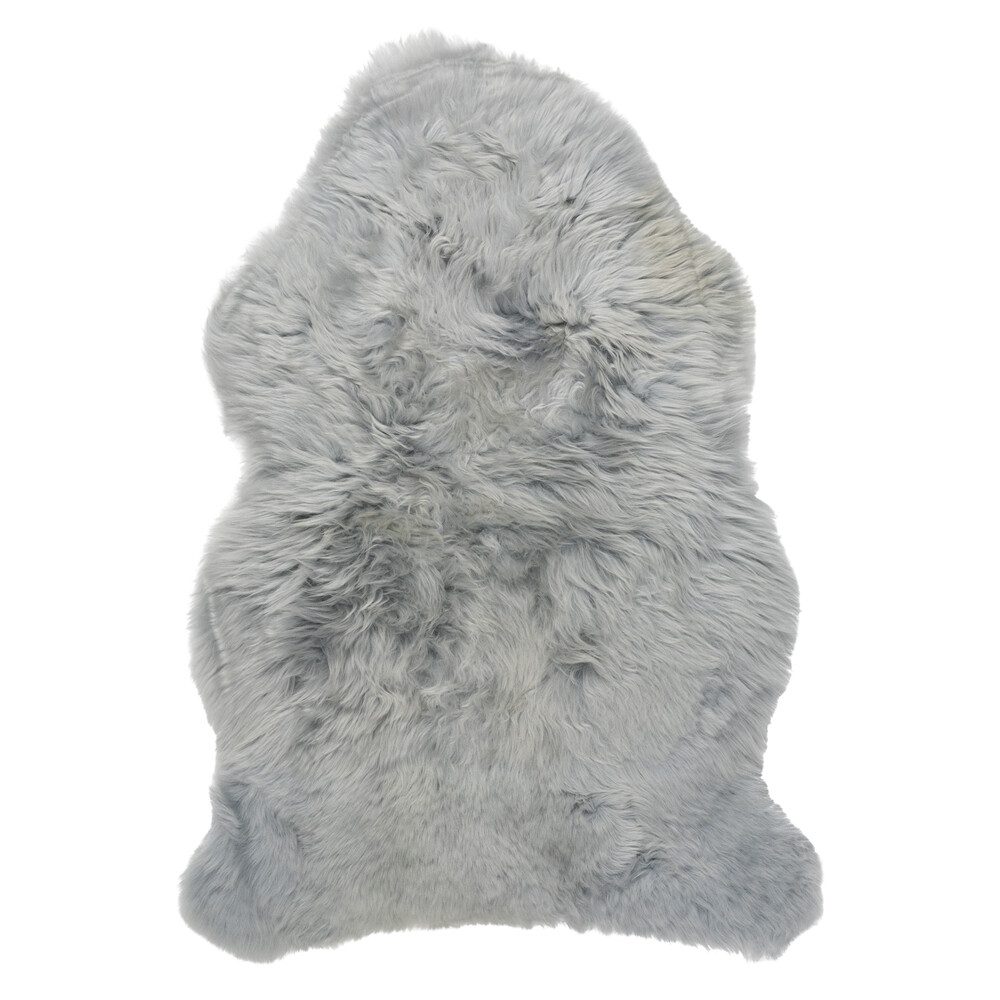
Quality of sheepskin
The quality of sheepskin is determined by the quality of the sheepskin itself, as well as the tanning process. The best quality sheepskins come from mature sheep that have been raised in cold climates. These sheepskins will have longer and more densely packed fibers, which will provide more warmth and insulation. The tanning process also plays a role in the quality of sheepskin, as a well-tanned sheepskin will have a soft and supple feel, and will be more durable than an poorly tanned sheepskin.
In conclusion, sheepskins are a versatile and natural product that has been used for centuries for a variety of purposes. From footwear to clothing and furniture upholstery, sheepskins provide warmth, comfort, and durability. The natural fibers of sheepskin also have hypoallergenic properties which makes it a good choice for people with allergies or sensitive skin. With proper care and maintenance, sheepskins can last for many years.